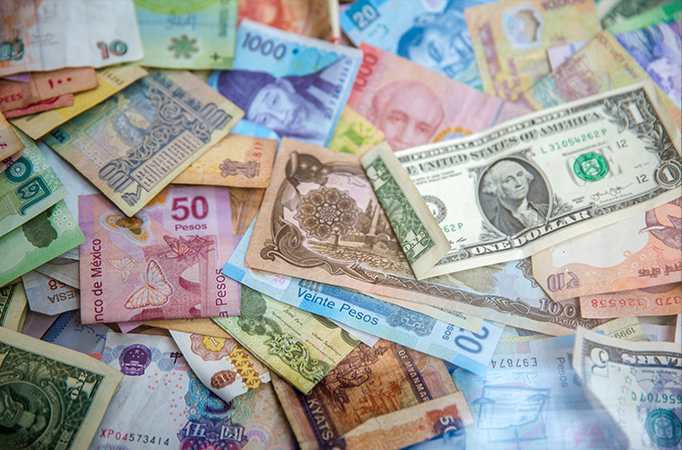
Morning Brief – Return of the Letterings
Return of the Letterings
Do you remember once the shock and fear of the Coronavirus pandemic had resided in late 2020, attention swung to what the path of the recovery would look like. As a brief recap, the shape of the expected path of economic recovery was often likened to the shape of letters.
The L shape: the sharp drop in output and productivity is sustained leaving a permanent scar on the economy.
The U shape: steep decline followed by protracted plateau with a steep recovery at the other end.
The V shape: more moderate fall and recovery but with a very short lived peak-disaster episode. Preferred by many.
The K shape: perhaps the woke-est of all letters, Covid’s economic legacy could be to bifurcate society into winners and losers of economic and social class. (One might argue X was a better letter shape for this..)
The W shape: harking back to the great financial crisis and the double dip recession. The M shape: turn your paper back around and see the shape above.
Besides which was or may one day be proven to be right, watching economic pundits speculate over letter shape was at times a true spectator sport. It is definitely too early to tell which fortune from the pandemic era was correct. So far, inflation has limited the capacity for the economy to rebound as quickly as it otherwise might have. The key to economic prosperity and future growth will be to moderate the price level to achieve healthy and real, not just nominal, growth.
Interest rate hikes as a direct result of skyrocketing inflation have compounded the challenges to achieving the steepness required for a V shape recovery on the exit from the pandemic. At least as far as social and economic policies across the world goes, the pandemic is far from over. The market continues to fixate and speculate over how China will exit from its zero-Covid policy. We are seeing reports of Beijing’s unpreparedness as it begins to unwind its ultra-strict pandemic era healthcare policies. Pharmacies in Shanghai and Shenzhen are reportedly running out of basic pharmaceuticals. Having abandoned several measures recently, the country is now facing severe health risks which could threaten what many had predicted to be a Goldilocks moment in the recovery.
China’s economy coming back online was seen by many as critical to restoring economic performance. China as a huge player in the supply chain would allow global supply capacity to grow, alleviating some pressures on price. However, with the relaxation of zero-Covid legislation already showing strain, it is possible that global productivity gets worse before it gets better. Although volatility and risk seem to be easing, how China manages this period could still provide significant swings in asset prices especially if a lack of success threatens the process of normalisation. The Covid outbreak in China is already threatening desperately needed domestic output and if not resolved or curtailed without a reversion of policy would undermine progress made within growth and inflation rates.
Discussion and Analysis by Charles Porter

Related Insights

Daily Brief – A weaker Dollar: Trump vs. Powell
A weaker Dollar: Trump vs. Powell The Dollar continued to lose ground yesterday as the truce between Israel and Iran appeared to continue to hold. There has been a noticeable return to focus upon macro and monetary influences in major currency pairs. Yesterday, Fed Chair Jay Powell provided his semi-annual monetary policy report before the […]

Daily Brief – Whiplash
Whiplash A highly volatile start to yesterday’s trading session saw a flight to safety in markets. Despite the Dollar having lost much of its appeal as a safe haven lately, there was still an identifiable USD bid prior to and during the European open. We have identified recently how markets have clearly differentiated between general […]

Daily Brief – Top Trumps
Top Trumps Geopolitical risks are outweighing macroeconomic fundamentals in today’s markets. We can see this very clearly from the muted reactions in price being generated from major macro events including data and interest rate decisions. The same holds true of the Fed’s interest rate decision where markets barely blinked at a Fed that had changed […]


